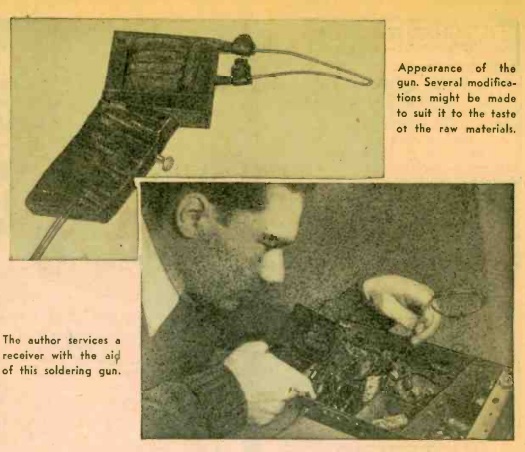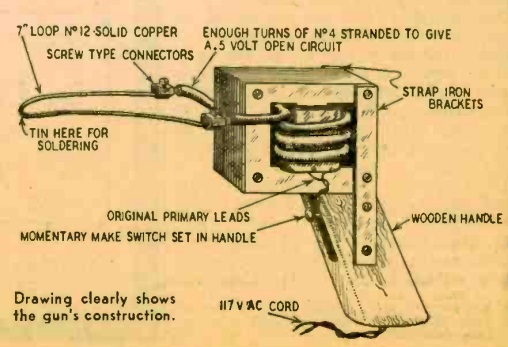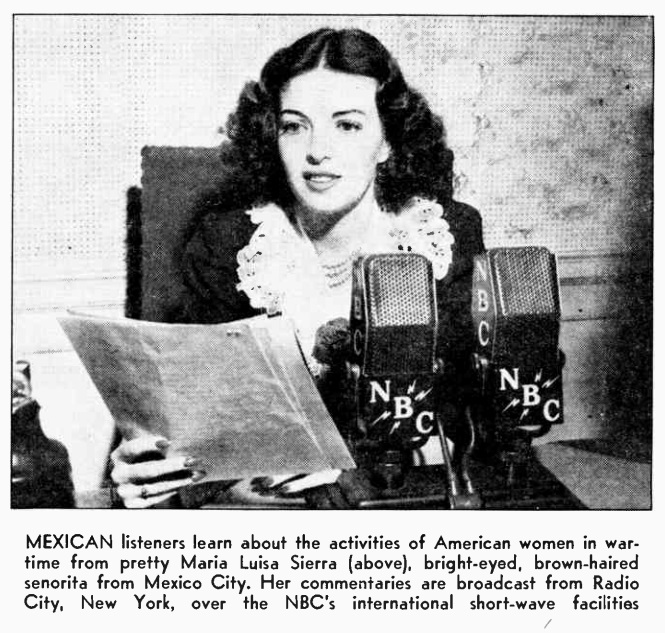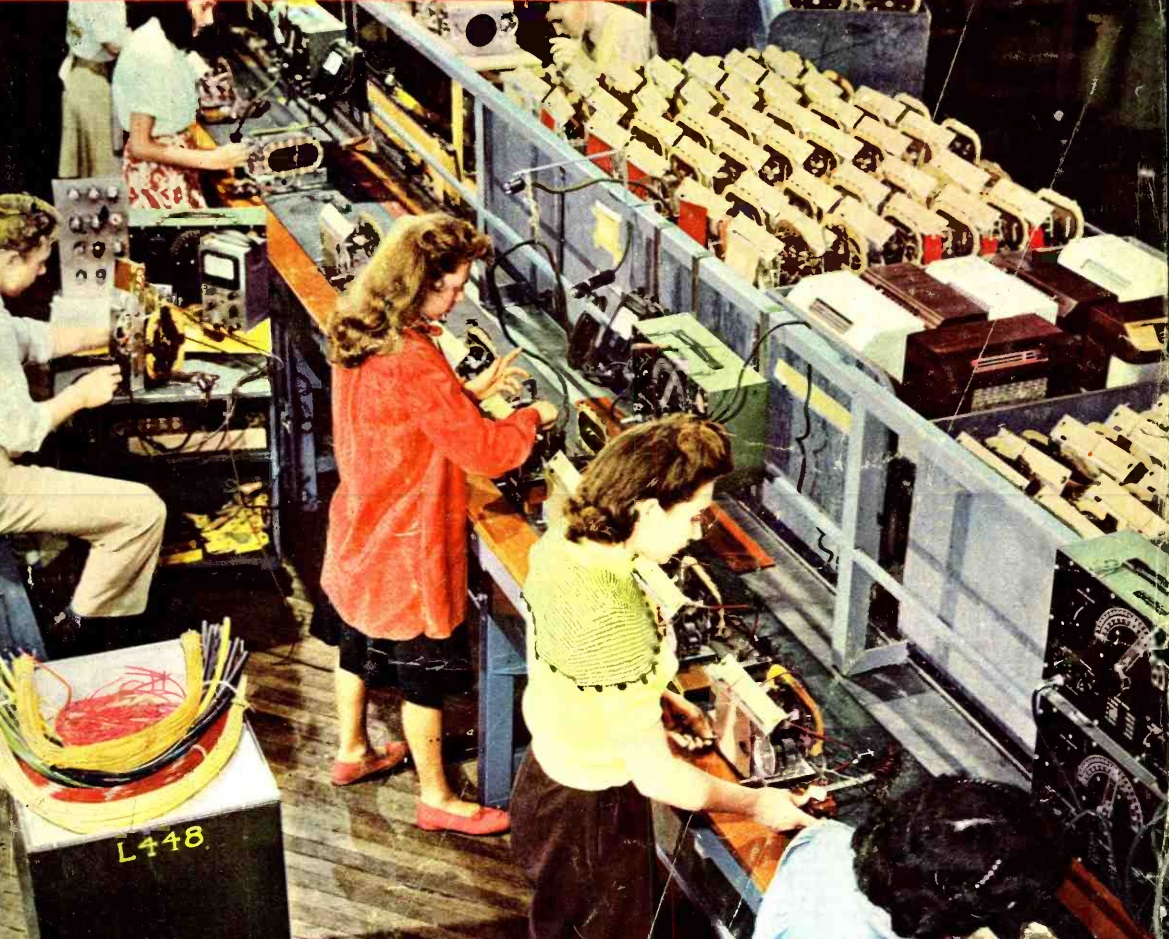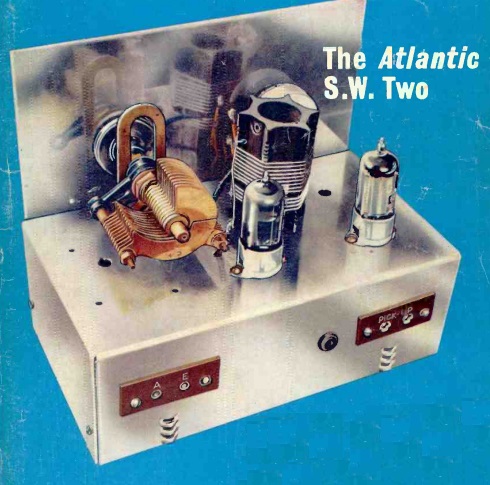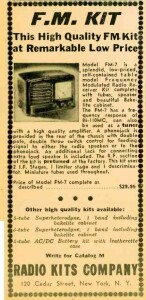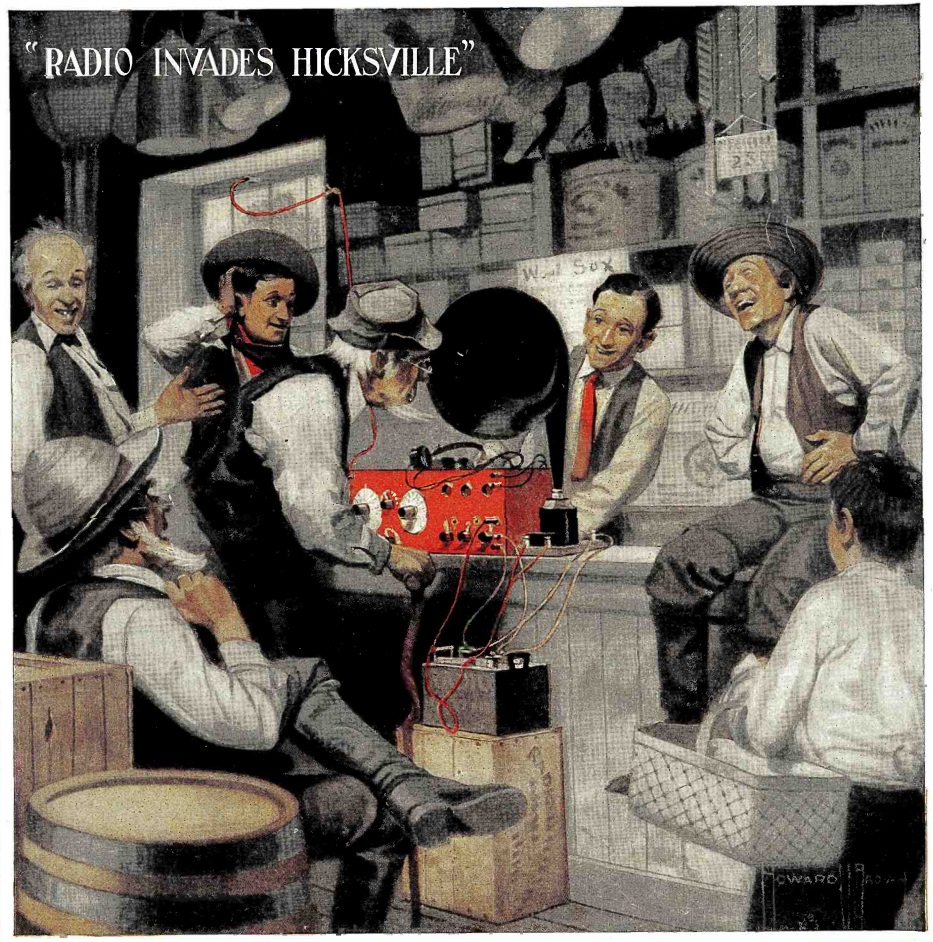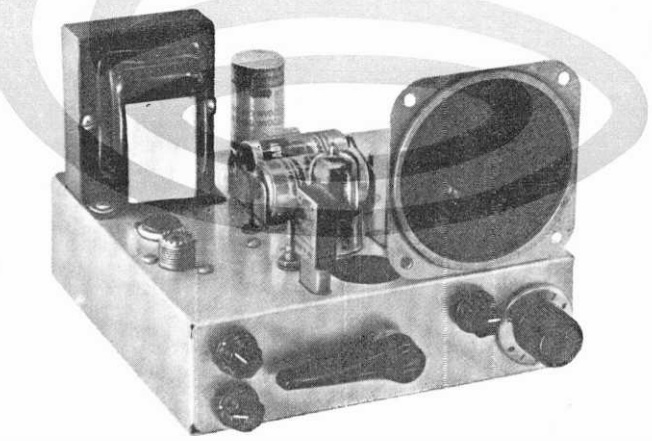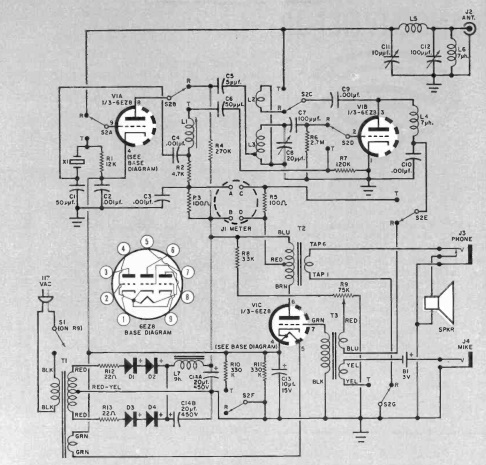

More than once, I’ve seen a meme extolling the virtues of a product similar to the one shown here. The accompanying text is usually along the lines of:
In Japan, a sink is built above the toilet tank for hand washing. The water drains into the toilet tank to be used for the next flush, and saves millions of gallons of water each year.
This is usually followed by many gushing comments stating what a great idea it is. Along the way, it usually turns into a discussion of how stubborn Americans refuse to adopt this idea, or that a conspiracy by the Big Toilet Companies has suppressed the idea. Invariably, when I point out the disadvantages, everyone wants to argue with me, although nobody actually wants to buy one, even though they are readily available.
It’s actually not a bad idea, and there are certain niche applications where it could really come in handy. For example, if you wanted to install a toilet in a room that simply did not have room for a sink, it would be a good choice.
The people who take a strong position about what a good idea this is often don’t seem to understand exactly how it works, and their comments often reflect their confusion. When you flush a toilet, the water to flush is expelled from the tank, and runs through various pathways in the porcelain and into the bowl. Simultaneously, the tank starts refilling with water for the next flush. This product runs that refill water through a faucet on top, through a drain, and into the tank. So in the minute or so that the tank needs to refill, the little faucet on top of the toilet is running. It uses the same amount of water as any other flush. But since it’s now running outside the tank, if you want, you can wash your hands with it. Again, this is an excellent idea, and probably has some niche applications.
But there are a few problems, and depending on your solution to these problems, you might cause more environmental problems of the type you were hoping to solve.
First of all, in most parts of the country (other than areas with very high humidity), you flush the toilet with cold water. But most people wash their hands with hot water. There are two solutions to this problem. Interestingly, one viable solution is to simply resign yourself to the use of cold water. The CDC in its wisdom, for example, provides handwashing instructions calling on you to “wet your hands with clean, running water (warm or cold)” before applying soap.
However, most Americans probably prefer the familiar warm water when washing hands. So the other alternative is to connect the toilet to the warm water, instead of the cold. But this means that every time the toilet gets flushed, you are heating up 2.5 gallons of water, whether or not you wash your hands. And even if you wash your hands every single time, you use much less than 2.5 gallons in the process. So the net effect is that by making this change, you are unnecessarily heating up a lot of water, which you will literally flush down the toilet. That doesn’t sound like a very “green” thing to do.
Another potential problem is buildup of dirt or soap scum in the rim jets of the toilet. When you flush the toilet, water goes through various pathways in the porcelain, and into the bowl. Some of these, particularly the rim jets at the top of the bowl, are rather small. They are designed to have clean water run through them, and it seems to me that if you run grey water through them, there’s a potential for them to get clogged up. (And of course, if anything else ever gets poured down the drain, it runs the risk of clogging those little openings.)
It is possible to clean the jets, at least to some extent, by getting down on your hands and knees in front of the bowl, and reaching in with a small brush. But since most of the water’s path is buried in the porcelain, it seems to me that there’s a potential for clogging in an inaccessible area. Of course, you can probably clean them by pouring in toxic chemicals, but if the whole point of this exercise was to “go green,” that doesn’t seem like a good alternative. And if you have to eventually replace the toilet, sending the old one off to the landfill doesn’t sound like a particularly environmentally sound thing to do.
Another issue is washing your hands other than after using the toilet. The only way to get the water to flow is by flushing the toilet. So whenever you want to wash your hands for any reason, you must either find another sink, or else send 2.5 gallons of water literally down the drain. Also, if you are in the middle of washing your hands, but you didn’t quite finish rinsing, you have no choice but to send another 2.5 gallons of perfectly good water into the septic system.
The final issue is that the tank isn’t located very conveniently for washing your hands.
Despite these issues, this is actually a rather good idea, as long as you understand these limitations. If you can live with these downsides, you’ll be glad to know that the Big Toilet Companies are not suppressing this invention. Indeed, like anything else, you can get them at Amazon, at the links below.
The one in the center appears to be the one that shows up most frequently in the meme. Even though the meme claims that it’s from Japan, the product is actually proudly made in the USA, from what appears to be durable plastic. The one at the right is similar, but for slightly larger toilet tanks. So measure carefully before ordering. When your new sink arrives, it looks like a very easy installation, and you can send the old lid off to the landfill as you celebrate your new green innovation.
The model shown at the left below is the deluxe version, and includes both the tank and the lid. Unlike its plastic brethren, this one is made of the same ceramic as the rest of the toilet fixture, and will probably last centuries in normal use, although installation is more involved.
Some links on this site are affiliate links, meaning that this site earns a small commission if you make a purchase after clicking the link.
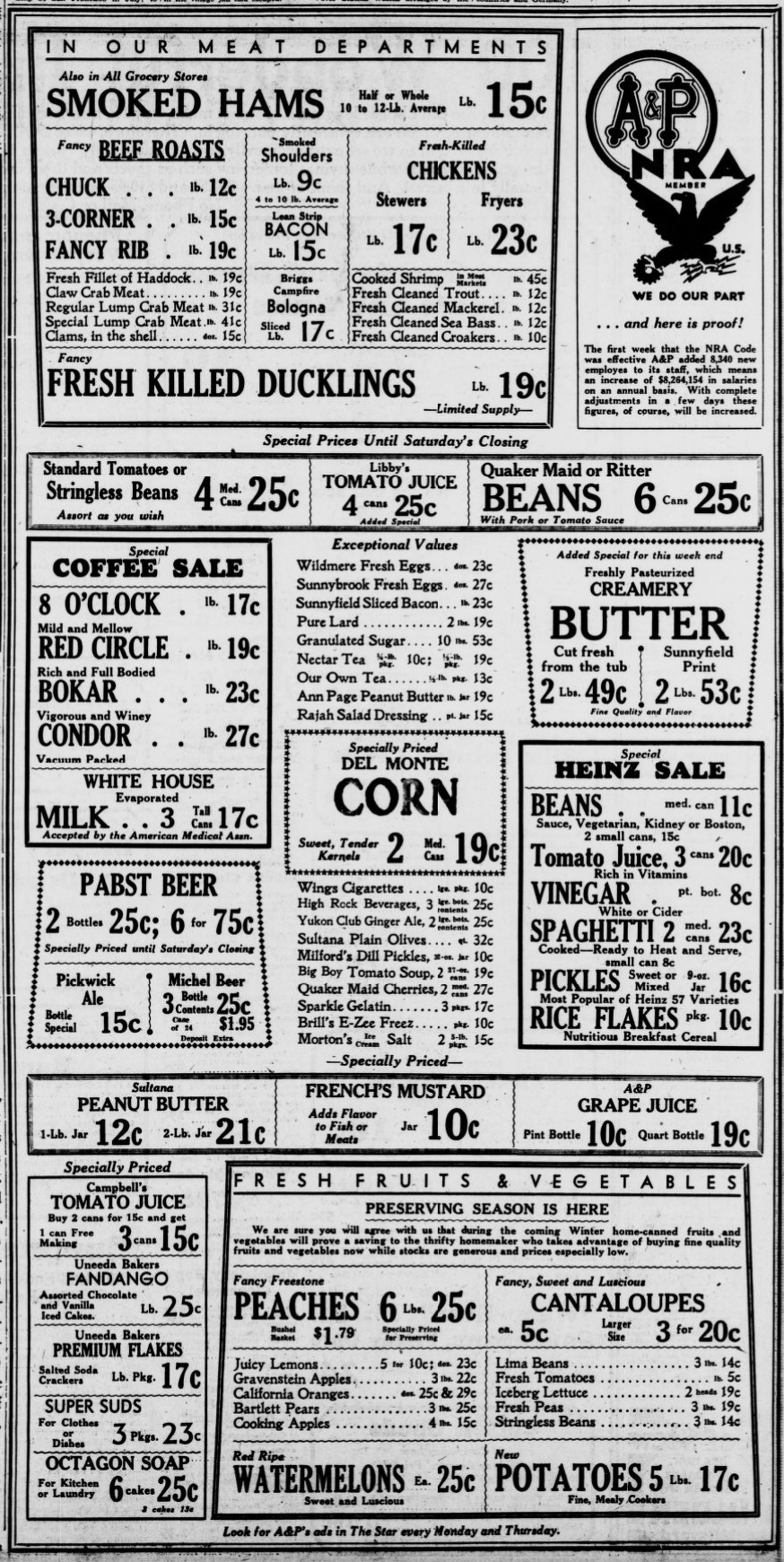 For a snapshot of the cost of food during the Depression, this ad for A&P Stores appeared in the Washington Evening Star, August 17, 1933. The prices look like bargains, but money was scarce during the Depression, and there has been a lot of inflation in the years since then. According to this inflation calculator, one dollar in 1933 is the equivalent of $22.79 in 2022 dollars. So six cans of beans for 25 cents sounds like it would be a cheap way to eat, but that works out to about 95 cents a can today. According to this report, a coal miner in 1932 earned $13.91 per week, so even those four cents would be significant, and that assumes that someone had a job at all.
For a snapshot of the cost of food during the Depression, this ad for A&P Stores appeared in the Washington Evening Star, August 17, 1933. The prices look like bargains, but money was scarce during the Depression, and there has been a lot of inflation in the years since then. According to this inflation calculator, one dollar in 1933 is the equivalent of $22.79 in 2022 dollars. So six cans of beans for 25 cents sounds like it would be a cheap way to eat, but that works out to about 95 cents a can today. According to this report, a coal miner in 1932 earned $13.91 per week, so even those four cents would be significant, and that assumes that someone had a job at all.

